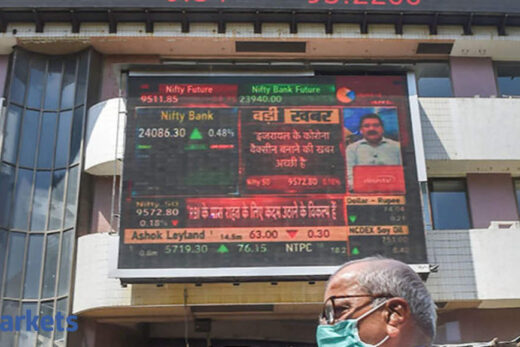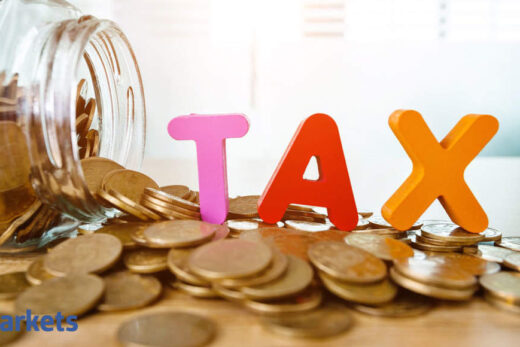Nilesh Shah
Joint president and MD, Kotak AMC
Shah has over 25 years of experience in capital markets. He has managed funds across equity, fixed income securities and real estate. He has studied at the Institute of Chartered Accountants of India. Shah has also co-authored a book – ‘A Direct Take’. His dream is to go backpacking with his better half some day.
This seemingly difficult trinity is possible to achieve with innovative measures. In the first half of FY 21, government spending came down marginally over previous year due to a shortfall in revenue. We don’t have the luxury of raising tax rates. We must raise enough resources through innovative means like:
- More than $2 trillion of Indian savings is frozen in gold. Unfortunately, most of it is in tijori/black economy. A well-structured disclosure scheme will bring taxes for the government, put equity in the hands of businessmen and create domestic savings to fund investments for building an Aatmanirbhar Bharat. A sovereign rating upgrade could be an added bonus, if the gold is bought by RBI. Incentivising jewellers to market these schemes is critical for its success.
- Monetisation of assets like surplus defence land, railway land, roads, transmission towers through REITS and INVITS can raise resources at competitive rates in a world of excess liquidity and low interest rates. Monetising real estate held under custodian of enemy property can raise more than Rs 100,000 crore. If Pakistan can liquidate their share of enemy properties in 1971, I am sure India can do it in 2021.
- Integrate underground activities like gambling and betting to bring in taxes, increase employment and cutoff funding to criminals. These activities should be encouraged to adopt responsible industries practices.
- Introduce a program equivalent to ethical hacking to plug tax loopholes. Let the best brains in the country work to plug loopholes rather than find loopholes. For example, a tax loophole on listed debentures helps convert interest income taxable @43 % to LTCG taxable @ 10% resulting in loss of few thousand crores.
- Smuggled/Illicit cigarettes are a big drain on tax revenue. The rule of law must prevail to reduce such activities and plugging leakages.
- Go for strategic disinvestment/public private partnership of PSUs, rather than market divestment. PSU stocks trade at below book values at a discount of more than 60% to where market trades. This sharp de-rating of PSUs is primarily attributable to predictable supply through market divestment. Absence of supply will help PSUs earn a re-rating. Divestments like Hindustan Zinc / Maruti Suzuki, where managerial control remains with private player and minority stake with the government, will maximise the value of government holding in PSUs. Resources raised through such means should be spent to stimulate sectors adversely affected by Covid-19 and create multiplier effect in the economy.
- The share of household in gross capital formation has fallen from 16 per cent to 11 per cent of GDP between 2012 to 2020. Stars are now aligning for a recovery of household investment in GCF, as affordability of real estate has increased, interest rates have come down and RERA has created a level-playing field between developers and buyers. The Budget must encourage household investment in real estate by increasing deduction for housing interest and loan repayment.
- Higher power and logistics costs make our manufacturing uncompetitive versus our peers. Agriculture power subsidy burdens industrial power. Passenger fare subsidy burdens railway freight. The Budget should lay a roadmap for removing the subsidy burden of agricultural power and passenger fare to make our manufacturing competitive with the peers.
- Most countries in the world are increasing fiscal deficit by a large degree to manage adverse effect of Covid-19. India can look like an oasis in a desert if it remains on the path of fiscal prudence by funding necessary stimulus with innovative resource raising.
The Budget, while highlighting the social spending of the government for the benefit of rural India, farmers and poor people, should lay the foundation for accelerated growth beyond FY22.




